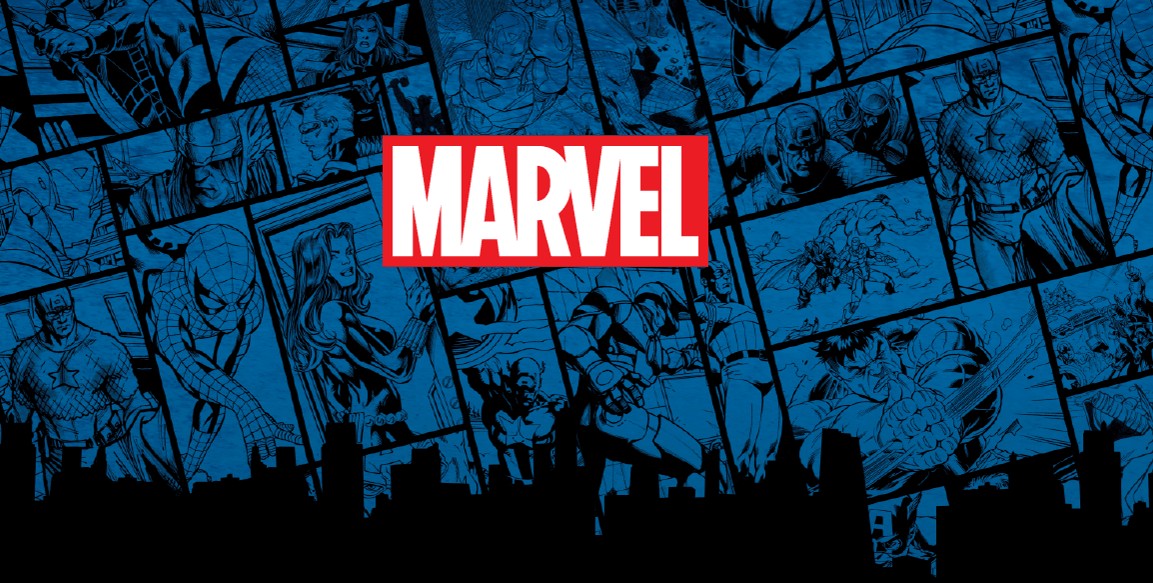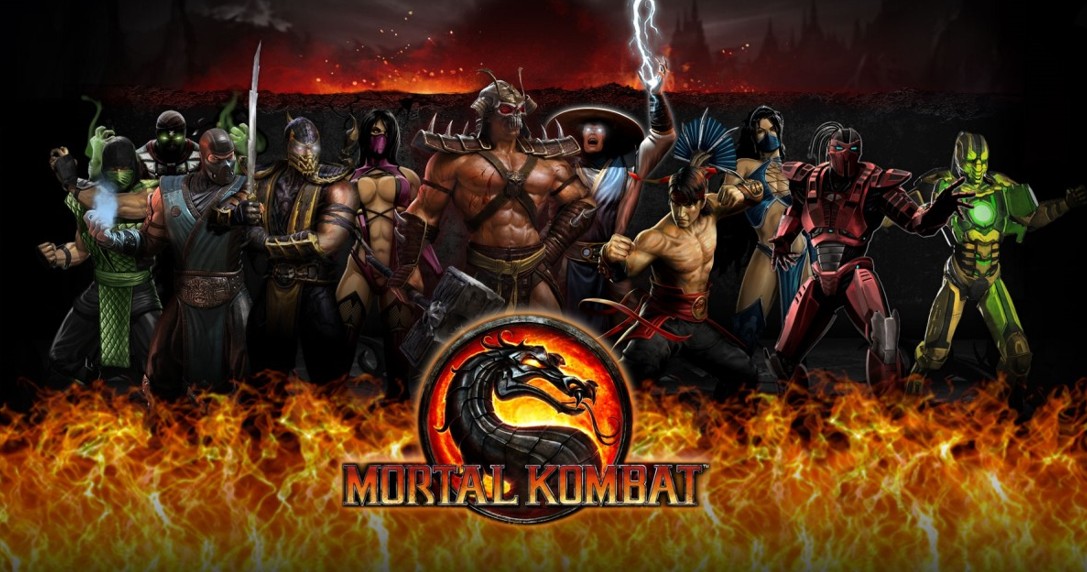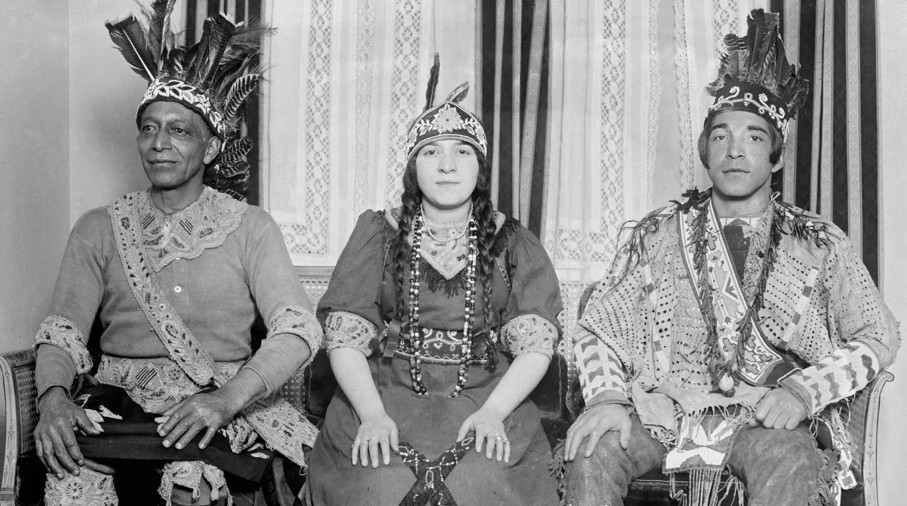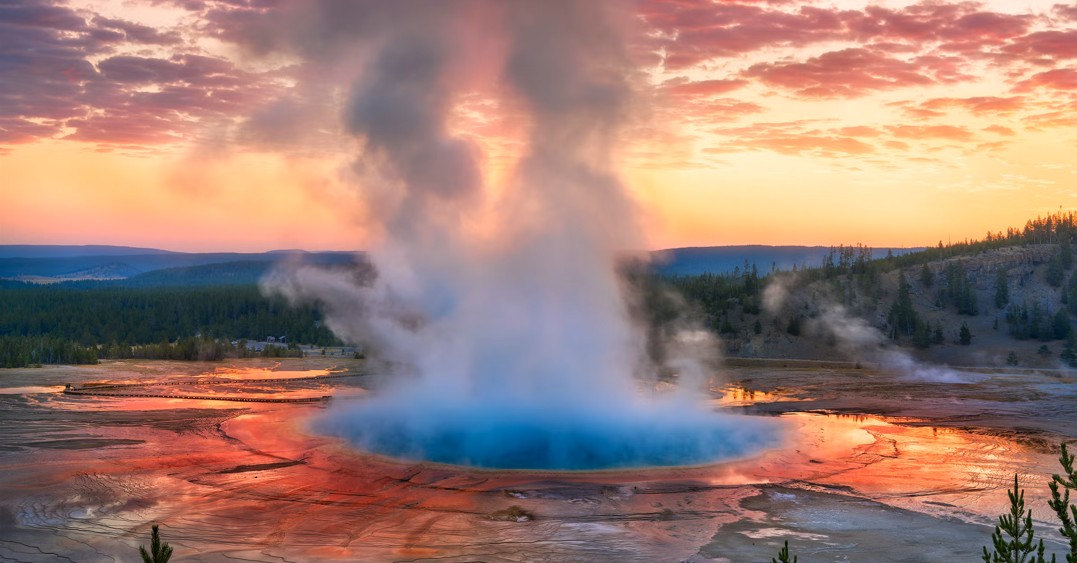
You know the names: Iron Man, Captain America, Spider-Man, Black Panther, the X-Men. You’ve seen them save the world countless times on the big screen, devoured their adventures in comic panels, and probably even argued with friends about who would win in a fight. But the Marvel Universe, as we know it today, didn’t just appear out of nowhere. It’s the culmination of over 80 years of creativity, innovation, and a little bit of magic.
Let’s take a whirlwind tour through the incredible history of Marvel Comics, from its humble beginnings to its global domination.
The Golden Age: Where It All Began (1939-1950s)
Marvel’s story begins not with a “Marvel,” but with Timely Comics. Founded by Martin Goodman in 1939, their first publication, Marvel Comics #1, hit stands in October 1939, introducing readers to the original Human Torch and the Sub-Mariner.
However, it was the arrival of a patriotic super-soldier that truly cemented their place in history. In 1941, the legendary duo of Joe Simon and Jack Kirby unleashed Captain America upon the world. With Captain America famously punching Hitler on his first cover, the character became an instant hit, embodying the spirit of a nation at war. The Golden Age of comics was booming, and Timely was at its forefront.
The Lean Years & Rebirth (1950s)
As World War II ended, so did the initial superhero craze. Timely Comics transitioned into Atlas Comics in the 1950s, publishing a variety of genres from horror and sci-fi to Westerns and romance, but with limited success in the superhero realm. It was a quieter period, a time of relative dormancy for the heroes who would eventually define the company.
The Marvel Age: The Silver Age Explosion (1960s)
Then came the “Marvel Age” – a creative explosion that would forever change the landscape of comic books. Under the guidance of editor-in-chief Stan Lee, and with the unparalleled artistic talents of Jack Kirby and Steve Ditko, Atlas Comics was rebranded as Marvel Comics in the early 1960s.
This era saw the birth of the characters we now hold so dear:
- The Fantastic Four (1961): The “First Family” of Marvel, flawed heroes who bickered as much as they battled.
- The Incredible Hulk (1962): A monstrous hero with a human heart.
- Thor (1962): The God of Thunder, bringing mythology into the modern era.
- Iron Man (1963): A billionaire inventor in a high-tech suit.
- The Avengers (1963): Earth’s Mightiest Heroes, uniting the biggest stars.
- The X-Men (1963): Mutants born with extraordinary abilities, fighting for a world that fears them.
- Spider-Man (1962): Peter Parker, the ultimate everyman hero, a teenager with real-world problems.
What made these heroes different? They were relatable. They had hang-ups, paid rent, dealt with self-doubt, and argued amongst themselves. Stan Lee’s conversational “Marvel Method” of writing and his direct addresses to the readers created a unique, intimate connection. The “House of Ideas” was thriving!
Bronze Age and Beyond (1970s – 1990s)
The 1970s saw Marvel begin to explore darker themes and more complex social issues, introducing characters like Wolverine, The Punisher, and Ghost Rider. The 80s and 90s brought on major crossover events, character redesigns, and a boom-and-bust cycle within the comic industry itself, but Marvel’s iconic characters endured.
The Modern Era & Cinematic Domination (2000s – Present)
The new millennium ushered in an era of unprecedented growth and innovation. Comic storylines became more intricate, exploring character psychology and grander narratives. However, the biggest game-changer was yet to come.
In 2008, Marvel Studios gambled on an untested director and a charismatic, but troubled, actor to kick off a shared cinematic universe with Iron Man. The gamble paid off in spades. The Marvel Cinematic Universe (MCU) became a global phenomenon, weaving together decades of comic book lore into a cohesive, interconnected storyline unlike anything seen before.
From the first “I am Iron Man” to the epic conclusion of the Infinity Saga in Avengers: Endgame, and now into its multiverse-spanning new phases, the MCU has redefined blockbuster filmmaking and introduced Marvel’s heroes to billions worldwide.
The Legacy Continues
Today, Marvel continues to innovate across comics, film, television, and video games. They’ve embraced diversity, introduced new generations of heroes, and constantly found ways to keep their timeless characters relevant in an ever-changing world.
Marvel’s history is a testament to the power of imagination, the enduring appeal of heroes, and the relentless drive to tell amazing stories. From a small comic publisher to a global entertainment juggernaut, the journey of Marvel is, in itself, a truly marvelous tale.





